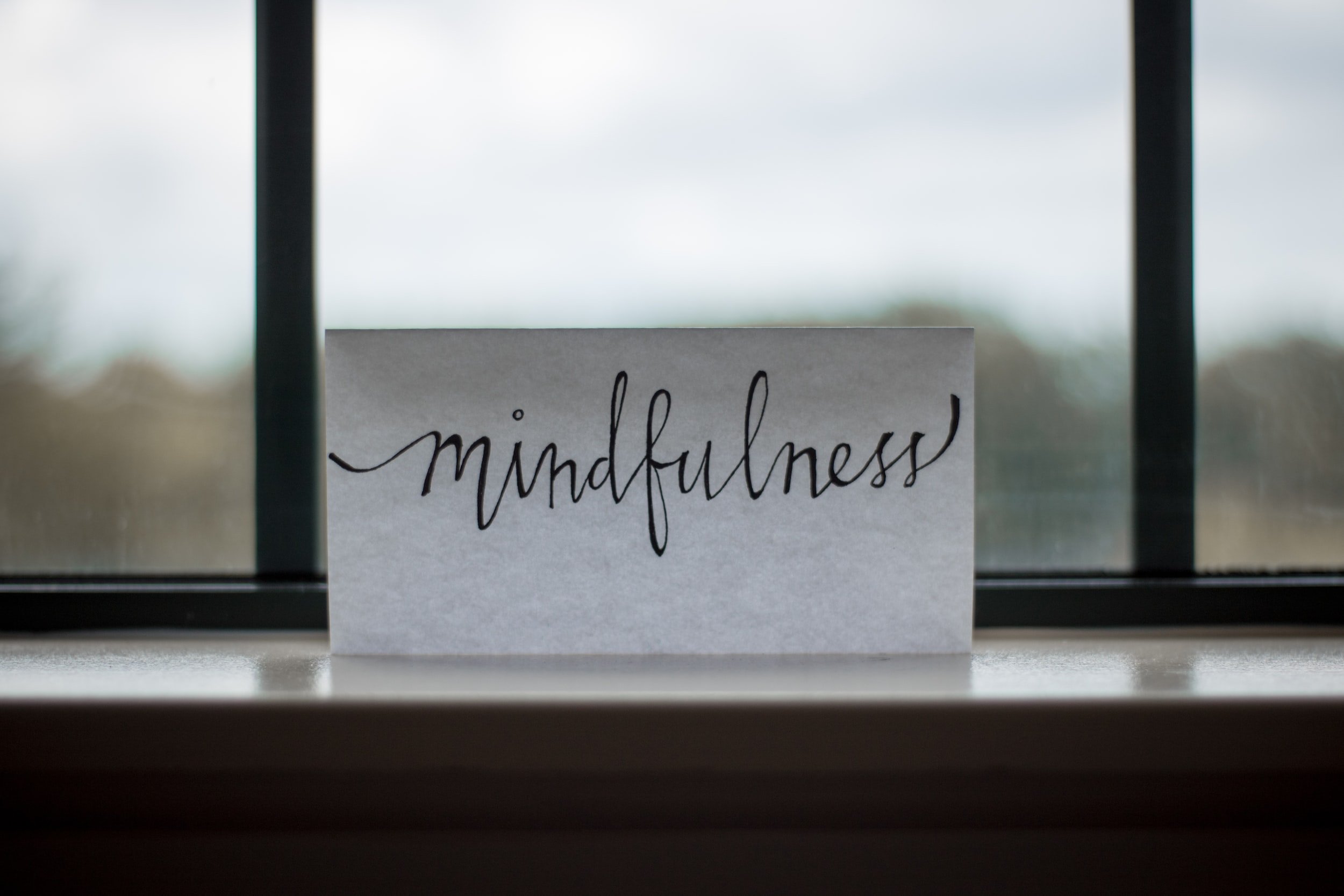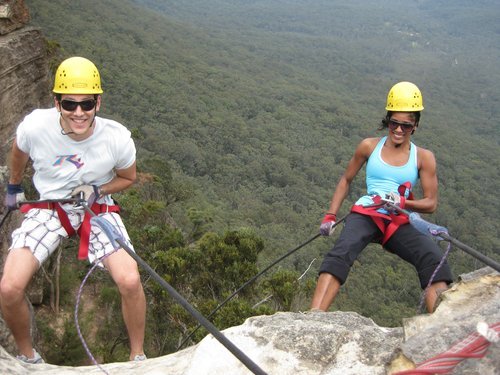BLOG
Neurosweat

Training the brain for self-awareness
Change begins by first setting an intention. But then, you have enough self-awareness, which mindfulness trains, to recognize when you’re drifting away from that intention.

Drawing towards the opposite
On our quest to realize our highest potential, we have to be willing to tune out the noise and draw our attention inward. This is where the 5th limb of yoga, pratyahara, comes in.

Using yoga philosophy to train mental performance
Patanjali’s Yoga Sutras create a guiding tapestry for leading a meaningful, and ultimately enlightened, life. They can be used by anyone who is truly seeking higher levels of performance, whether in sport, work, or life, and is wanting to master their mind and explore the realm beyond it.

Releasing self-judgment to perform better
How do we create a more harmonious relationship between Self 1 and Self 2? The first step is to practice non-judgment, particularly as directed to yourself. A judgmental thought is one that attaches a valence, such as positive or negative, to an event. The act of committing this thought takes away from the experience itself. It prevents us from experiencing the event as it is. How does that relate to Self 1 and Self 2? Well, a single judgmental thought can open Pandora's box. It’s the gateway for an entire sequence of thoughts, which quickly pulls us out of the present moment and our chance of pure, uninhibited performance. Let’s break down what happens when a judgmental thought enters your mind.

Introducing Self 1 and Self 2
In an effort to drop into peak performance more frequently, it’s helpful to have a broad understanding of what’s going on in the mind when we’re not in flow.
In his book, The Inner Game of Tennis, Timothy Gallwey introduces the reader to Self 1 and Self 2. Self 1 can be thought of as the ego-mind. It’s always thinking, always commenting, and incredibly judgmental. Self 2 is the body. It includes the unconscious mind and the nervous system. Self 1 is the “teller” and Self 2 is the “doer”. But, Self 2 is not subservient. It is actually very wise; it just doesn’t have a chance to do its thing because, well, Self 1 nags . . . a lot.

Does mindfulness make you lazy?
What’s the relationship between mindfulness, motivation, and performance? Here, we explore the findings of an interesting study.

A mindful strategy for facing setbacks
Moving towards a goal seldom follows a straight line. There are obstacles and detours that may force us to question our ability to get to the finish line. If the setbacks keep coming and the path feels increasingly difficult, we may even consider dropping the goal entirely.
This particular circumstance, when we’re weighing the possibility of either pressing on or giving up, is called an “action crisis”. We are conflicted between our desire to accomplish this goal and our readiness for the uncomfortable challenges to be over.

How mantras promote a quiet mind
The use of affirmations or mantras is universal, spanning across cultures and implemented across all sectors of society. Athletes often use them to hone their focus, increase their confidence, or dial-up their intensity. Diana Nyad relied on the mantra “find a way” during her record-breaking 112-mile swim from Florida to Cuba. After 4 unsuccessful attempts spanning over 30 years, she decided to implement this mantra while training for her final attempt. Of course, it wasn’t those 3 words alone that brought her feet to the sandy shore, but they certainly propelled her through the brutal challenges she encountered at sea.

Change begins with awareness
Change requires awareness. You have approximately 70-80,000 thoughts a day, but how many of those thoughts are you actually aware of? How many of those thoughts have intention behind them? How many of those thoughts are repetitive (answer: most of them)? Awareness takes a lot of work, but you are fully capable of cultivating it. It just takes practice.

My word for 2022
Do you have a word for 2022? Or have you heard of people setting a word for their year? I abandoned resolutions years ago and hopped on the ‘word’ bandwagon instead - and I’m much happier here. My word of the year serves as my North Star, a point of focus around which I can orient my life. It’s a quality that I want to manifest, exude, and experience more of - and aligning my actions with it contributes to my growth.

Align + Allow: An intention for 2019
What if 2019 can be an experiment in flowing more and forcing less? And what if the practice of flow could allow you to access deeper fulfillment, and maybe even open you up to more enriching opportunities?
In this new year, focus on the exhale, surrender more fully, and give yourself permission to align with that which feels easy.
